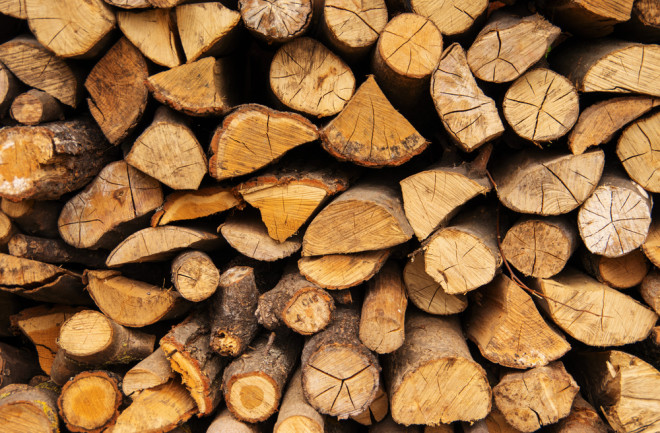The question of how much wood a woodchuck can chuck may need to be reevaluated — new research published today in Nature reveals a process that can create wood with a strength-to-weight ratio stronger than most metals.
This Wood Won't Float, But It's Stronger Than Steel

(Credit: Nataliia K/Shutterstock)
Newsletter
Sign up for our email newsletter for the latest science news
0 free articles left
Want More? Get unlimited access for as low as $1.99/month
Stay Curious
Sign up for our weekly newsletter and unlock one more article for free.
View our Privacy Policy
Want more?
Keep reading for as low as $1.99!
Already a subscriber?
Find my Subscription
More From Discover
Stay Curious
Subscribe
To The Magazine
Save up to 40% off the cover price when you subscribe to Discover magazine.
Copyright © 2025 LabX Media Group
